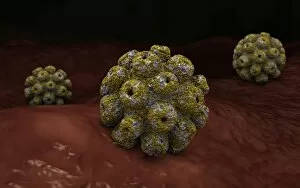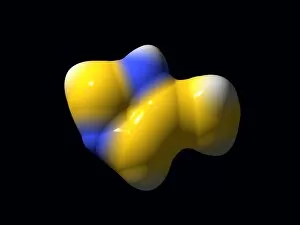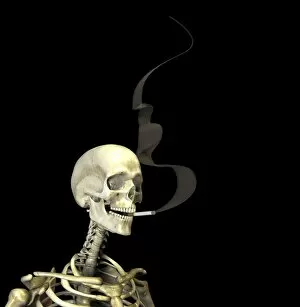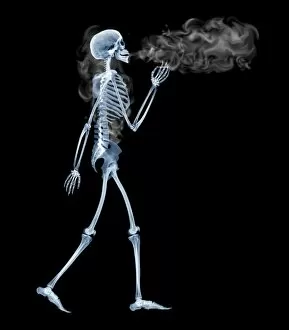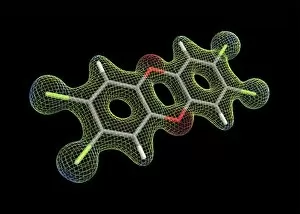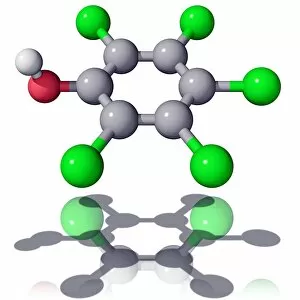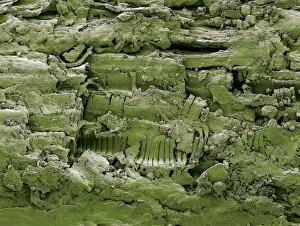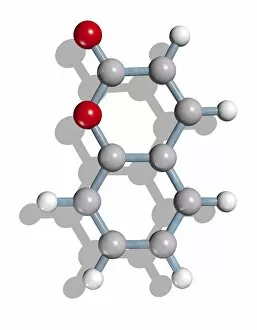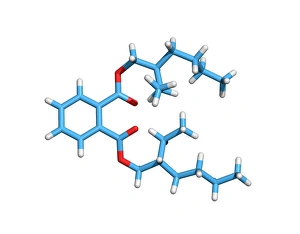Carcinogen Collection
"Carcinogen: Unveiling the Hidden Dangers within Our Environment" Aflatoxin, a notorious carcinogen
All Professionally Made to Order for Quick Shipping
"Carcinogen: Unveiling the Hidden Dangers within Our Environment" Aflatoxin, a notorious carcinogen, lurking in our food chain - its molecular model reveals the invisible threat. Witnessing the aftermath: A digital illustration showcases temporary cell damage inflicted by attacking carcinogens on genes and chromosomes. The polyomavirus puzzle: Conceptual images of this elusive virus shed light on its potential role as a cancer-causing agent. Pesticide contamination under scrutiny: SEM captures the alarming reality of how these chemicals infiltrate our environment, posing a hidden risk to human health. Benzene molecule C016 / 8874: Unmasking this hazardous compound that lurks in various industrial processes and products, raising concerns about long-term exposure effects. Thorotrastosis C015 / 7127: Exploring an unsettling condition caused by thorium dioxide injections once used for medical imaging purposes – highlighting the unforeseen consequences of past practices. Rolling tobacco C016 / 4686: Delving into the dark side of smoking with a focus on rolling tobacco's contribution to carcinogenic substances entering our bodies through inhalation. In today's world, understanding and addressing carcinogens is crucial for safeguarding public health against these silent threats that can lead to devastating consequences if left unchecked.



